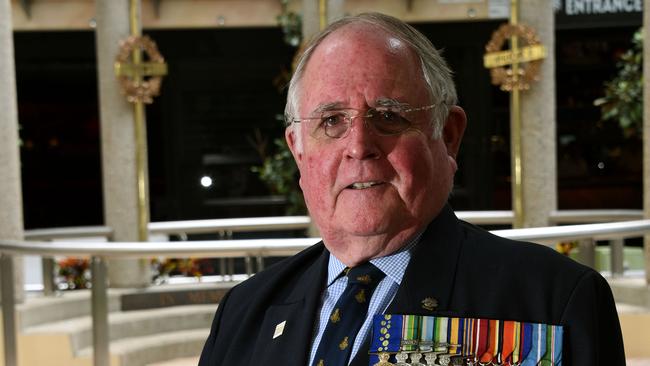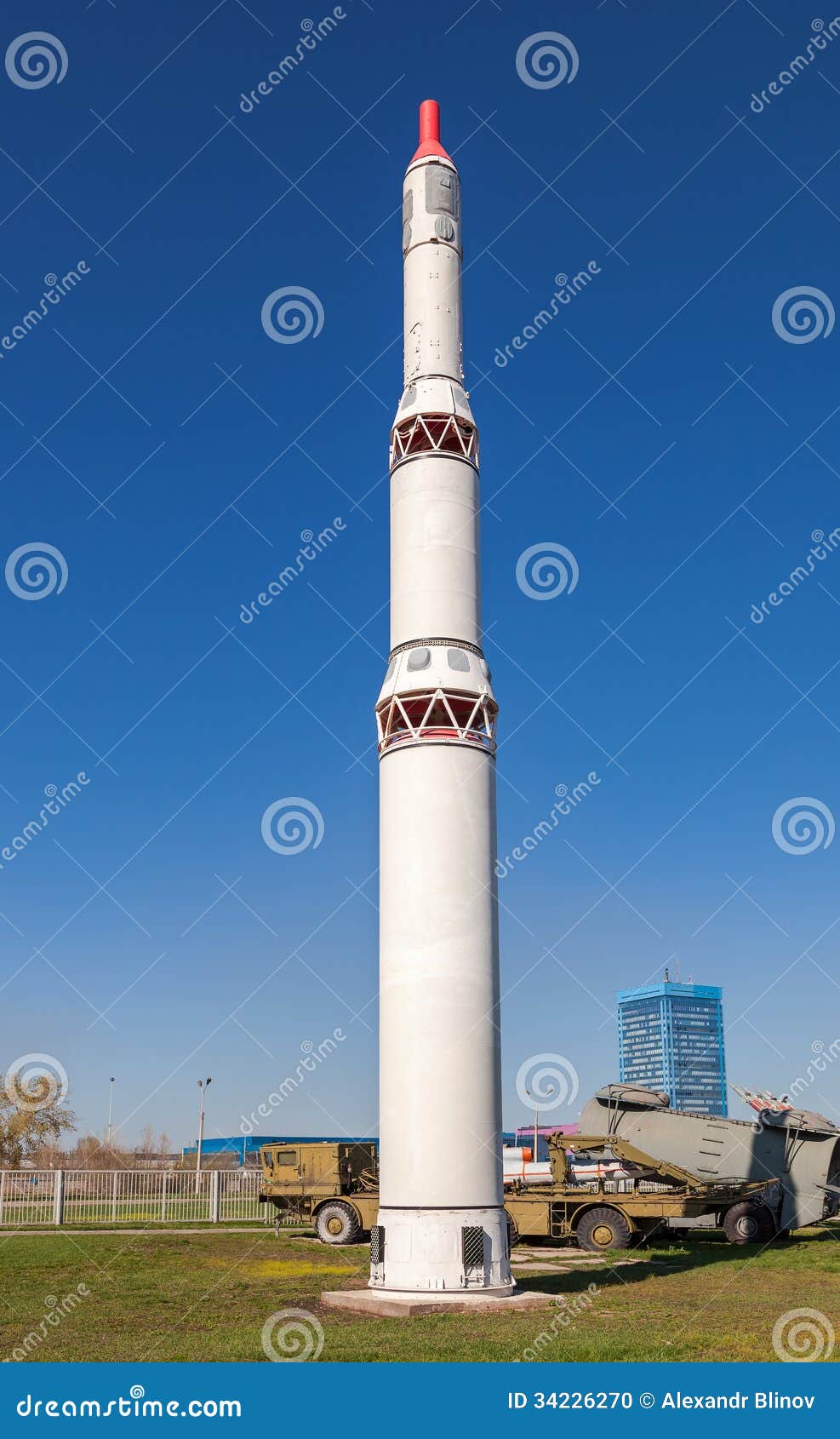This is the INTSUM compiled after the Battle of Nui Le on November 4 1971.
Dave Morris.
CONFIDENTIAL
AUSTRALIAN ARMY
Page 1 of 5
ANNEX B TO 4 RAR/NZ (ANZAC) Bn
AFTERACTION REPORT OPERATION IVANHOE
DATED 4 NOV 71
INTELLIGENCE SUMMMARY
References: A. 4 RAR/NZ(ANZAC) Bn Weekly Intelligence Review 718/41 dated 22 Sep 71
- 4 RAR/NZ(ANZAC) Bn Weekly Intelligence Review 718/42 dated 29 Sep 71
- 4 RAR/NZ(ANZAC) Bn Weekly Intelligence Review 718/43 dated 6 Oct 71
General Background
- Early in Sep a number of consistent sniffer readings to the East of the NUI LE and in the vicinity of the NUI SAO feature, indicated the possible presence of an unidentified enemy group – thought to be elements from 33 NVA Regt.
- As a result, D Coy 4 RAR/NZ(ANZAC) Bn was redeployed from the area of old FSB ASH (YS 3682) to the East of Courtenay Plantation into old FSB TRISH (YS 5288); and commenced a search of the country to the North and East, later progressing to the West and South covering the NUI LE area.
- On 10 Sep VR aircraft reported a number of tracks leading into the Province from the North.
- On the 14 Sep at YS 512871 D Coy contacted 2 enemy carrying packs who withdrew South/West along a track. The next day they contacted 2 enemy scouts, killing one at YS515867. The enemy was moving East – West using a compass, and a track for a squad sized group was located running North – South in the area. The enemy KIA carried no identification.
- American forces had experienced numerous contacts in the vicinity of NUI HOT with elet:1emts of Regt HQ until 16 Sep. However, from then on there had been a lack of contact in the area.
- VR.ac also revealed a number of tracks in the SUOI RAN, SUOI LE area at this time. It is likely that 3 Bn had moved from its base area East of BAO BINH down by the SUOI NHAC into the Province.
- During the early hours 19 Sep 626 RF Coy outpost (YS 461834) received an ABF of 75mm recoilless rifle rounds, and 82mm mortars. 3 RF were WIA when several RR rounds impacted inside the post. The use of that calibre RR indicated the presence of C17 Recoilless Rifle Coy (max str 20). 82mm Mortars are held by both C16 1-lortar Coy (max str 25) and C12 Heavy Weapons Coy – 3 Bn, (max str 30). VR as reported tracks to and from the firing point/base plate to the East.
- Shortly after a light sapper attack was launched against the village of NGAI GIAO (YS 463794) by approx. 10-12 enemy, who threw 3 satchel charges at outlying buildings.
CONFIDENTIAL
Page 2 of 5 Pages
- However, the group most likely responsible for the sapper attack is thought to have been C3 Coy 1 Bn 274 VC Regt – who had been allocated the task of “occupyingNGAI GIA0 according to documents CIA by 1 ATF ptl on 18 Aug 71.
- Subsequent attacks on the village on 28 Sep and 10 Oct (after elements from 33 NVA Regt arc assessed to have departed from the area) would seem to back such reasoning. However, the capability of the VC during the attacks did not appear to be high, so it is more likely that local NGAI GIAO) ordistrict (CHAU DUC) forces were involved (Interrogation of PW’s 1rom these two forces, CL on 20 Oct, tends to support that the attack. were undertaken by them: not elements from either Regt).
- On the morning 20 Sep, 4 AFCs from 1 Tp A Sqn 3 Cav Regt returning North along Route 2 were ambushed at YS 461821 by approx. 20 enemy, who were dug in, fired RPG 2s and 7s at the vehicles. One enemy was KIA. He was carrying a greater than normal amount of ammo (174rds 7.62mm short) but no identification marks/ documents. Again, characteristic of 33 NVA unit.12.
- The amount, and types of ammo employed by the enemy during the attacks on 19/20 Sep (75mm RR, 82mm Mor, RPG 2 and 7) indicated the presence of a regular unit, operating East of Route 2
- Agent reports substantiated the existence of such a group.
Base Areas
- It was apparent that Regt HQ 33 NVA Regt, anxious to evade from 3 Bde (US) operations, had moved South from the NUI HOT area into PHOUC TUY Province.
- Bn was also moved from its base area East of BAI BINH, into the province.
- Both groups may have thought that the Australian Forces no longer operate1 in the area. From Jun-Aug 71 there v:as no sizeable ground coverage East or South of Courtenay Plantation – all Coy sized operations conducted since Aug had managed to keep resupply to a minimum, thus not advertising their tasks unduly.
17• Combined with the announcement of the impending withdrawal of Australian Forces (which it is assessed, 33 Rgt. HQ would have known of by early Sep) and pressure from 3 Bde: a new area. was reconnoitered.
- An area was located near the NUI LE – SAO features. It was located near known RSG re-supply routes, had good canopy for protection against aerial observation – which had previously contributed to the Regt1s considerable casualties. There were high features to assist with communications and observation. The SUOI YOUERT, and SUOI TAM BO offered good water supply and combined with the surrounding terrain to restrict the employment of allied amour in the area.
The Threat
19.The establishing of an operating base in this area would provide relatively easy access to the villages and outposts of DUC THANH District.
20.There was also the agent report that elements of 33 Regt would support operations of 274 Regt along Route 2, though this seemed doubtful.
CONFIDENTIAL
Page 3 of 5 Pages
21 The strength of 33 NVA Regt HQ and all Sp Coys was assessed to be 378 and 3 Bn was held at 300 strong. 1 Bn (str 300) was not thought to be in the area, having been released from its task of providing security for Regt HQ. It was identified in central LONG KNANH Province from documents CIA by 984 RF Coy on 15/16 Sep.
- Regt HQ 274 VC Regt was, at the time, 300 strong; and 1 Bn totalled 235 persons.
Enemy Losses
23.A list of enemy casualties and captured weapons is attached as Appendix 1.
Installations and caches
23.Installations and caches located by the unit are summerised as Annex E.
Captured Equipment
- A summary of equipment, including munitions captured, is attached as Appendix 2.
Energy Activities/Tactics
- On 20 Sep D Coy killed 1NVA Ln a contact at YS 51185 although no identification was apparent.
27• Elements of D Coy were engaged by RPG and SA fire on the morning of 21 Sep in the vie YS 513857. Throughout the 21 Sep repeated air and artillery strikes were employed in support of D Coy as a series of assaults were launched upon (what was later found to be) the Western most bunker system of a 4-system complex, large enough (24 completed bunkers with 15 prepared bunker sites) to accommodate the
bulk of 3 Bn 33 NVA Regt.
CONFIDENTIAL
28 · The NVA defenders employed good fire control – seeking out D Coy1s machine guns, and areas from which commands were being shouted. Most bunkers had fire lanes cut (up to 5ft in width) to cover the most likely approaches and were sited to be mutually supporting. The majority of CHICOM grenades thrown at D Coy fortunately did not detonate.
29 Advantage was taken of the good canopy cover and high ground to the NVJ, North and NE of the complex to employ intensive ground fire against supporting helicopter fire teams and Jade ac throughout the day.
30 As D Coy extracted its casualties and moved out of the bunker systems to allow for further sp fire, it received SA fire on its flanks from mobile groups of NVA who had come from other systems within the complex. This follow up of D Coy continued to the perimeter of its NDP, which was also under fire, from a separate 14 bunker complex 400 meters SW from the contact area.
31 Fire from this system was mainly directed from an OP (later a 30ft ladder against a suitable tree was found during the search of the system). Harassing fire continued into the NDP until well after darkness.
CONFIDENTIAL
CONFIDENTIAL
Page 4 of 5 Pages
32 The reason for the close follow up of D Coy appears to have been an attempt to prevent the employment of close aerial and artillery support. Employing an NVA tactic of withdrawing in the direction from which they are under attack, incorporating flanking movement/harassment. Thirdly, the NVA were concerned that
D Coy was moving (to its NDP) close to the 14-bunker system, and went to assist its inhabitants evacuate the system, by harassing D Coy .
33 A total of 9 NVA were confirmed as being accounted for by D Coy during the day of 21 Sep.
34 A heavily used track subsequently located by D Coy 3 RAR revealed that the NVA had departed the complex to the North (probably the HQ group), whilst a heavier track to the Northeast but South (in YS 5284) of the complex, was the probable route of the follow up/withdrawal force.
35 B Coy followed up an insulated communication/navigation wire contacted and killed a member identified as being from C9 Coy 3 Bn at YS 487833 during the morning of 21 Sep.
36 Subsequent follow up/search located many freshly cut – recently well used tracks in the area – and during the afternoon a further contact developed, with elements of the Coy receiving 60mm mortar fire, and a further NVA soldier was confirmed as killed, as a B Coy subunit (4 Pl) moved to assist members of the coy wounded during the shelling.
37 Supporting aircraft again reported ground fire from this area. From what appears to have been a suspected NVA mortar base plate position that was engaged.by artillery, a secondary explosion was reported in YS 5083. (Each Coy of C10, C11 have at least one 60mr.1 mortar within its organization). found during the search of the system).
38 The insulated wire located by B Coy in the vicinity of the ABFs, and ambushing position on Route 2, and through the subsequent contact areas (YS 4682, YS 4683, 4883, 4983) was probably used as a night navigation aid and communications.
link between attacking/observing elements and HQ 33 NVA Regt used similar insulated wire linking such positions to the South of LONG BINH for their attacks during TET 1969.
39 Direction of the withdrawal of the NVA (assessed to be composed of elements from the Regt Sp Coys C16 mor, C17 and some C20 Si6s and elements from 3 Bn probably for protection) from the B Coy area was East to the SUOI YOUZRT then NE, and ESE. Tracks were later located in the area by C Coy searching further to the East.
- A NVA soldier carrying documents mentioning C17 RR, C19 Engr and C20 Sigs Coys of 33 NVA Regtwas KIA by Sp Tp A Sqn 3 Cav Regt of 21 Sep well to the NE at YS 637873 during an abortive ambush on Route 2 against 1 Tp A Sqn.
- Other incidents during the operation included the detonating of two AT mines (consisting of approx. 60lbs CHICOM explosive) by two APCs of 1 Tp A Sqn 3 Cav Regtin the Courtenay Rubber on 25 Sep 71. It is likely that the mines were placed in position by elements from C2 (ex A2) Engr Coy BA I.DNG and CHAU DUC Engr Cell who were based just to the South of the Plantation near XA BANG in AUG 71.
CONFIDENTIAL
Page 5 of 5 Pages
42 C Coy located a cache on a platform in water-logged country at YS 473869. There were 25 x 15 litre bags of rice – which appeared to have been in place about one month – probably stores belonging 814 RSG or C5 Coy of J85 Tpt Bn who have operated in the area recently. An old German rifle was also located in the vicinity by C Coy, likely to have been guerilla equipment.
Assessment
43 The building of good bunker systems, and the cutting of tracks to facilitate rapid redeployment of subunits in the vicinity of HUI SAO/Route 2, indicated that Regt HQ and 3 Bn had intended to establish a semi-permanent base for future operations in that area of PHOUC TUY Province. Indications are that the NVA group intend to remain in the area, had it not been for the reaction of 1 ATF and subsequent losses sustained by the NVA in action.
- There is no doubt that the quick retaliatory reaction by AFCs from 1Tp A Sqn 3 Cav Regt when ambushed on 20 Sep; and aggressive action by D Coy and B Coy with plentiful close air and artillery support of 21 Sep 71; were responsible in forcing the NVA to abandon their efforts (which had been considerable) to harass the district and return to more secure surroundings North of the Province boundary.











